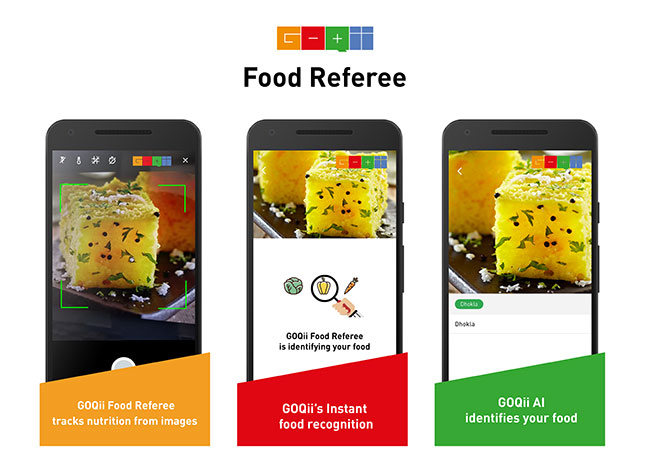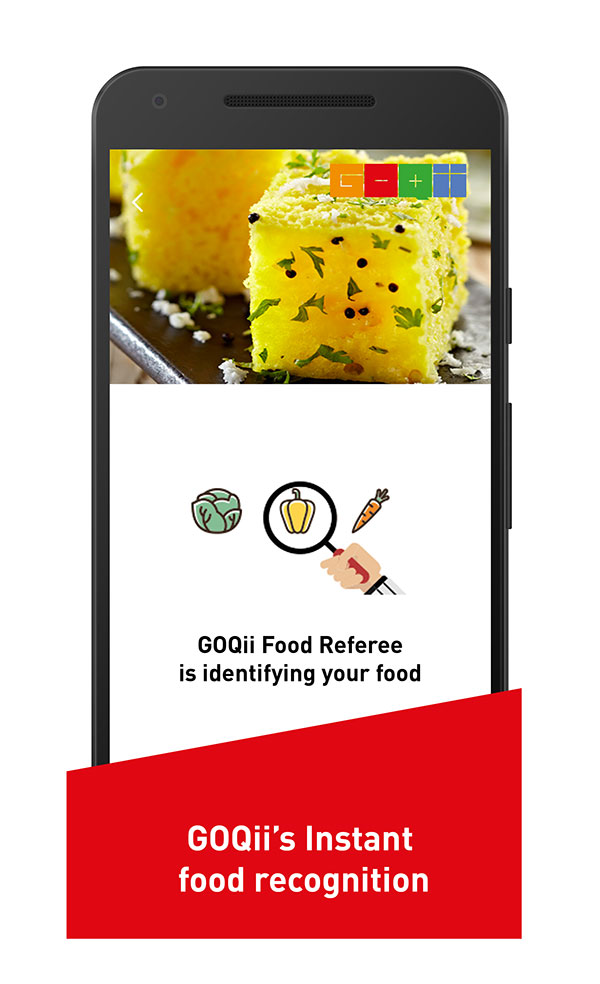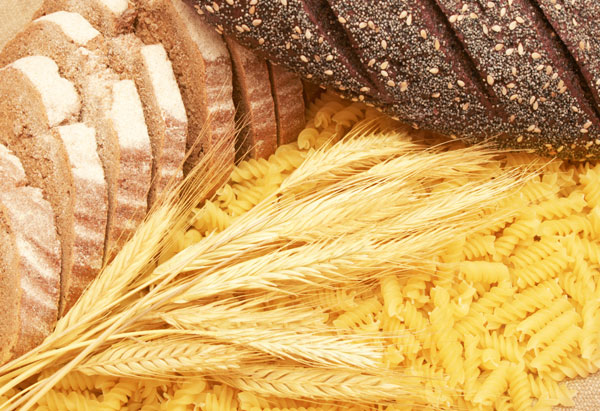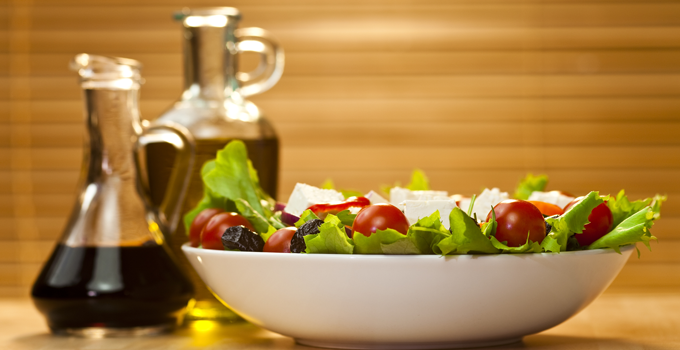
Children who consume a high amount of salt are likely to consume more sugary beverages, putting them at risk of unhealthy weight gain and obesity, Says a new study published online in journal Pediatrics.
Researchers at Deakin University’s Centre for Physical Activity and Nutrition Research analysed data from the 2007 Australian National Children’s Nutrition and Physical Activity Survey, which collected diet and physical activity information from 4,283 children aged 2 to 16 years. The researchers looked at the children’s consumption of dietary salt, fluids and sugar sweetened drinks.
They found 62% reported consuming sugar-sweetened drinks. In this group, children who consumed more salt consumed more fluid and in particular more sugar-sweetened drinks. Children who consumed more than one sugary drink per day were 34% more likely to be overweight or obese. They also found that for every one gram of salt consumed per day, the children drank 46 grams more fluid, with those who reported consuming sugar sweetened drinks, drinking 17 grams more for every one gram of salt.
Previous Deakin research has shown children are eating around 6 grams of salt a day or four times more than is recommended. The researcher said, together with the results of this new study, it is becoming even clear that there is a need to keep a closer eye on how much salt our children eat to help ensure they lead long and healthy lives.
They also concluded that High salt diets not only put children at risk of serious long-term health problems, such as developing high blood pressure later in life which is a major cause of stroke and heart disease, they are likely to be contributing to the rates of overweight and obesity.
So here are 5 ways to Use less Salt
Sodium chloride (salt) is essential to the body. The Sodium in salt helps transmit nerve impulses and contract muscle fibres. Working with potassium, it balances fluid levels in the body. But, you only need a tiny amount of salt to do this, less than one-tenth of a teaspoon. The Average American gets nearly 20 times that much.
The body can generally rid itself of excess sodium. In some people, though, consuming extra sodium makes the body hold onto water. This increases the amount of fluid flowing through blood vessels, which can increase blood pressure.
Most of the salt that we consume comes from prepared and processed foods. The leading culprits include snack foods, sandwich meats, smoked and cured meat, canned juices, Canned and dry soups, pizza and other fast foods, and many condiments, relishes, and sauces-for starters. But enough comes from the salt shaker that it’s worth finding alternatives.
Here are 5 ways to cut back on sodium when cooking or at the table:
- Use spices and other flavour enhancers: Add flavour to your favourite dishes with spices, dried and fresh Herbs, roots (such as garlic and Ginger), citrus, vinegar, and wine. From black pepper, cinnamon, and turmeric to fresh Basil, Chili Peppers, and lemon juice, these flavour enhancers create excitement for the palate – and with less sodium.
- Go nuts for healthy fats in the kitchen: Using the right healthy fats – from roasted nuts and avocados to Olive, canola, soybean, and other oils – can add a rich flavour to foods, minus the salt.
- Sear, sauté, and Roast. Searing and sautéing foods in a pan build flavour: Roasting brings out the natural sweetness of many vegetables and the taste of fish and chicken. If you do steam or microwave food, perk up these dishes with a finishing drizzle of flavourful oil and squeeze of citrus.
- Get your whole grains from sources other than bread: Even whole-grain bread, while a healthier choice than white, can contain considerable Sodium. And bread contains salt, not just for flavour but to ensure that the dough rises properly. You can skip that extra salt when you use whole grains outside of baking. Try a Mediterranean-inspired whole-grain salad with chopped vegetables, nuts, and legumes, perhaps a small amount of cheese, herbs and spices, and healthy oils and vinegar or citrus. For breakfast, cook up steel-cut oats, or other intact whole grains with fresh or dried fruit, and you can skip the toast (and the extra sodium).
- Know your Seasons, and, even better, your local farmer: Shop for raw ingredients with maximum natural flavour, thereby avoiding the need to add as much (if any) sodium. Shop for peak-of-season produce from farmers’ Markets and your local supermarket.
 Thanks to smart phones, food logging or food journaling or keeping track of what you eat has shown to help prevent and stop over-eating. The GOQii app has helped its players to portion control their diet and eat healthier trhough the food log. While, the app has made it easy for the GOQii coaches to track what their players are eating and give them appropriate advice.
Thanks to smart phones, food logging or food journaling or keeping track of what you eat has shown to help prevent and stop over-eating. The GOQii app has helped its players to portion control their diet and eat healthier trhough the food log. While, the app has made it easy for the GOQii coaches to track what their players are eating and give them appropriate advice. Speaking on this new development, Vishal Gondal, CEO and Founder, GOQii said “One of the feedback that we constantly received from our players was how it was cumbersome to type food intake on a daily basis and log. ‘Referee’ will now make it easy for the players to just click a picture and log food to share with coach and friends and making it fun and exciting to meet their health goals”.
Speaking on this new development, Vishal Gondal, CEO and Founder, GOQii said “One of the feedback that we constantly received from our players was how it was cumbersome to type food intake on a daily basis and log. ‘Referee’ will now make it easy for the players to just click a picture and log food to share with coach and friends and making it fun and exciting to meet their health goals”.






